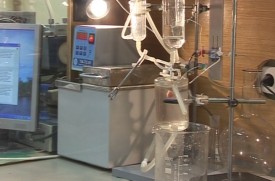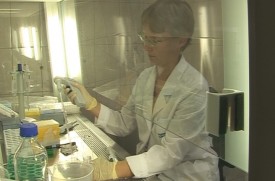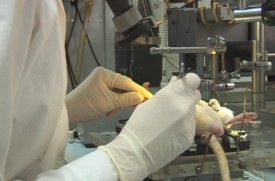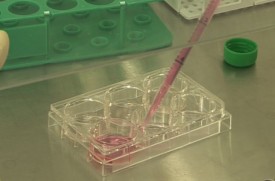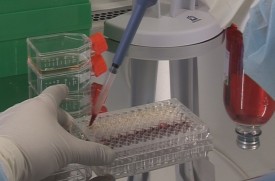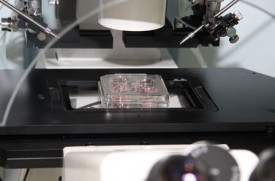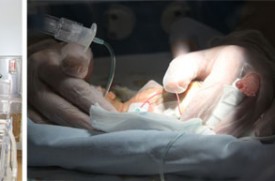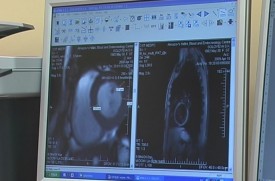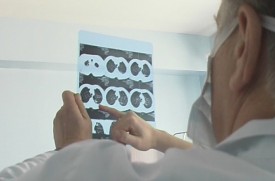Research into practice
Almazov Centre has launched clinical trials of a nitric oxide device made in Russia
Almazov Centre is carrying out clinical trials of the Tianox nitric oxide device.
The device was developed by Sarov scientists from the Russian Federal Nuclear Centre – All-Russia Research Institute of Experimental Physics (a ROSATOM’s company) and is intended for the production of nitric oxide from atmospheric air and inhaled nitric oxide therapy for various diseases in children and adults.
Making CAR-T cell therapy accessible in Russia
Modern medicine is increasingly using the achievements of biotechnology and cell biology to achieve not only longer life expectancy, but also a better quality of life. However, there is a long way to go from the success of fundamental science, in particular, experimental oncology and oncoimmunology, to clinical practice. Many Russian families faced with a terrible diagnosis of cancer refuse to perceive it as a death sentence and are looking for accessible research advancements, modern high-quality care and treatment.
Read more…
The Anesthesiology and Intensive Care Unit of Polenov Neurosurgical Institute was established in the 60s of the last century. The work of this department is based on the fundamental achievements of neurophysiology. Proprietary methods of anesthetic management, neuromonitoring, brain protection against ischemia/hypoxia have been patented and derived from the current understanding of passive-defensive reactions and sanogenesis mechanisms in severe multiple pathological effects on the brain. Ekaterina Kondratieva, neurologist, leading researcher of the Anesthesiology and Intensive Care Unit, tells more about this.
Read more…
New-generation artificial heart implanted for the first time at Almazov Centre
The surgeons of Almazov Centre performed a rare surgery in a young man to implant a new-generation domestic ventricular assist device designed for long-term mechanical support of the left ventricle.
A 35-year-old man from Kaliningrad was admitted to Almazov Centre in October 2018 with decompensated chronic heart failure on the background of dilated cardiomyopathy – the impaired contractile function of the heart muscle (myocardium) with marked dilatation of heart chambers. According to statistics, only 30% of patients with this disease survive the first five years…
A research team from ITMO University and Almazov Centre proposed a new non-contact method for measuring blood flow in the upper limbs. The method is based on video recording of the skin surface under green light measuring the absorption of red blood cells. This helps see how effective the circulatory system and the blood flow regulation are. The experimental results showed that the proposed method is as accurate as the traditional one. However, it is easier to use, cheaper and suitable for more patients. The research was published in Biomedical Optics Express.
Innovative treatment of lower limb varicose vein disease
Lower limb varicose vein disease is a major problem in healthcare worldwide. About 25% of the Russian population suffers from various forms of varicose vein disease, and its prevalence and frequency continue to grow. Having a progressive irreversible course, the disease leads to various manifestations of chronic venous insufficiency, including non-healing venous ulcers and venous thromboembolism. In order to prevent the development of such serious complications, patients are encouraged to start treatment as soon as possible.
Read more…

